Value of (Distributed) Solar: Colorado Takes Steps to Bolster Distributed Generation
SB21-261, a bill which aims to increase deployment of renewable energy generation facilities across the state to meet Colorado’s energy needs, has passed the Colorado legislature! The bill, which represents an important step on the road to a just and sustainable grid, will lower barriers to distributed, consumer-owned, renewable energy. The success of SB21-261 demonstrates Colorado’s growing support for a clean energy electric grid, and for allowing consumers more control over their own energy generation.
The myriad benefits of this bill include:
Net Metering Changes (Investor-Owned Utilities Only)
Each qualifying utility is required to provide their customers with a rebate offer program and Net Metering service, supporting customers in ensuring they are able to interconnect their solar energy systems to their utility service.
The 120% Net Metering cap has increased to 200%, meaning that solar energy systems sized to meet 200% of a customer’s reasonably expected average total consumption can be installed. This has the potential to increase the capacity of solar energy installed onto Colorado’s electric grids and to make solar energy systems easier to finance.
Excess energy will be credited indefinitely, and customers have the option to elect to receive reimbursement at the end of each calendar year at the wholesale rate for that calendar year.
If a retail utility customer terminates their service with their utility, the customer can donate any of their remaining excess bill credits for the purpose of providing low-income energy assistance and bill reductions.
Virtual Net Metering
The Virtual Net Metering (VNEM) structure allows retail distributed generation to meet loads of noncontiguous property owned or leased by the customer via credits.
The charge to be subtracted from the credits of the energy production shall be a fixed cost for the term of the interconnection agreement with the utility, which can be updated once annually. This charge is determined by the Public Utilities Commission (PUC) and covers utilities’ costs of delivering the electricity generation to the customer’s premises and of administering the net metering credits.
The Commission may permit a utility to limit amount of electricity to be credited to a VNEM customer, only if this limit is not less than 100% of the customer’s expected annual consumption.
The capacity limits for 2022 and 2023 are based off of a percentage of utility retail sales, starting initially at 0.25% of previous year’s retail sales (~40 MW for Xcel customers, 4 MW for Black Hills Energy customers).
In order for a customer to be eligible for excess generation credits, the solar energy facility must be owned or leased by the customer.
Size Limits for VNEM:
Single-meter installation <= 500kW
Multi-meter installation <= 300kW per meter
Master Meters for Multi-Tenant Properties
Master Meter Operators that sell power from distributed generation have been granted a limited exemption from not being allowed to charge end users above their billed costs for electricity supplied.
The PUC will adopt new or amended rules no later than December 31, 2022 that enable landlords of multi-unit buildings and tenants in multi-unit buildings to share in the production from a net-metered, retail, distributed generation installation.
Other
Doubles allowed capacity for eligible on-site generation from 500 kW to 1 MW.
Renewable Energy Storage is now an eligible energy resource under the renewable energy standard.
